IB Geography Unit 3 Resource Consumption and Security
1/42
There's no tags or description
Looks like no tags are added yet.
Name | Mastery | Learn | Test | Matching | Spaced |
|---|
No study sessions yet.
43 Terms
Carrying capacity
The number of people that can be supported by a given ecosystem, given their consumption of natural resources and use of technology.
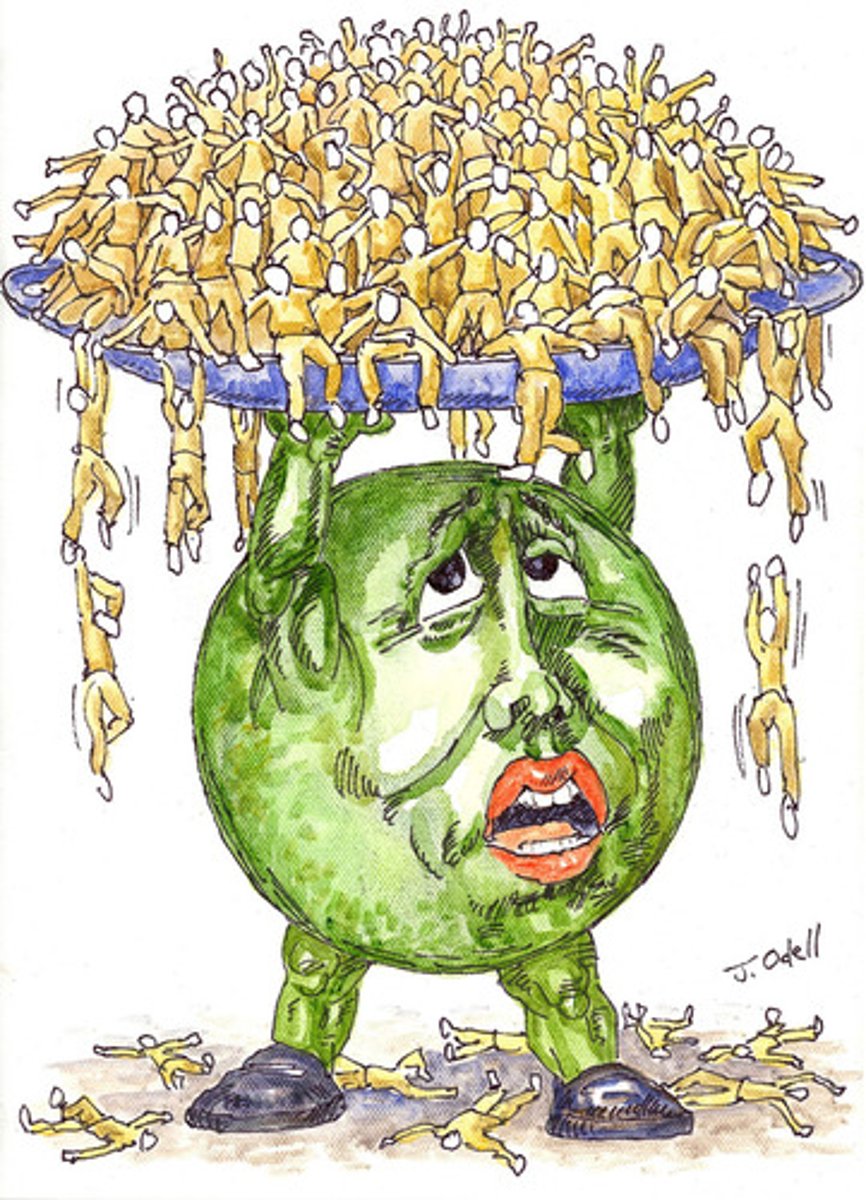
Reserves
Resources that are accessible and usable.
Resources
Anything useful to humans such as soil, oil, water and minerals.
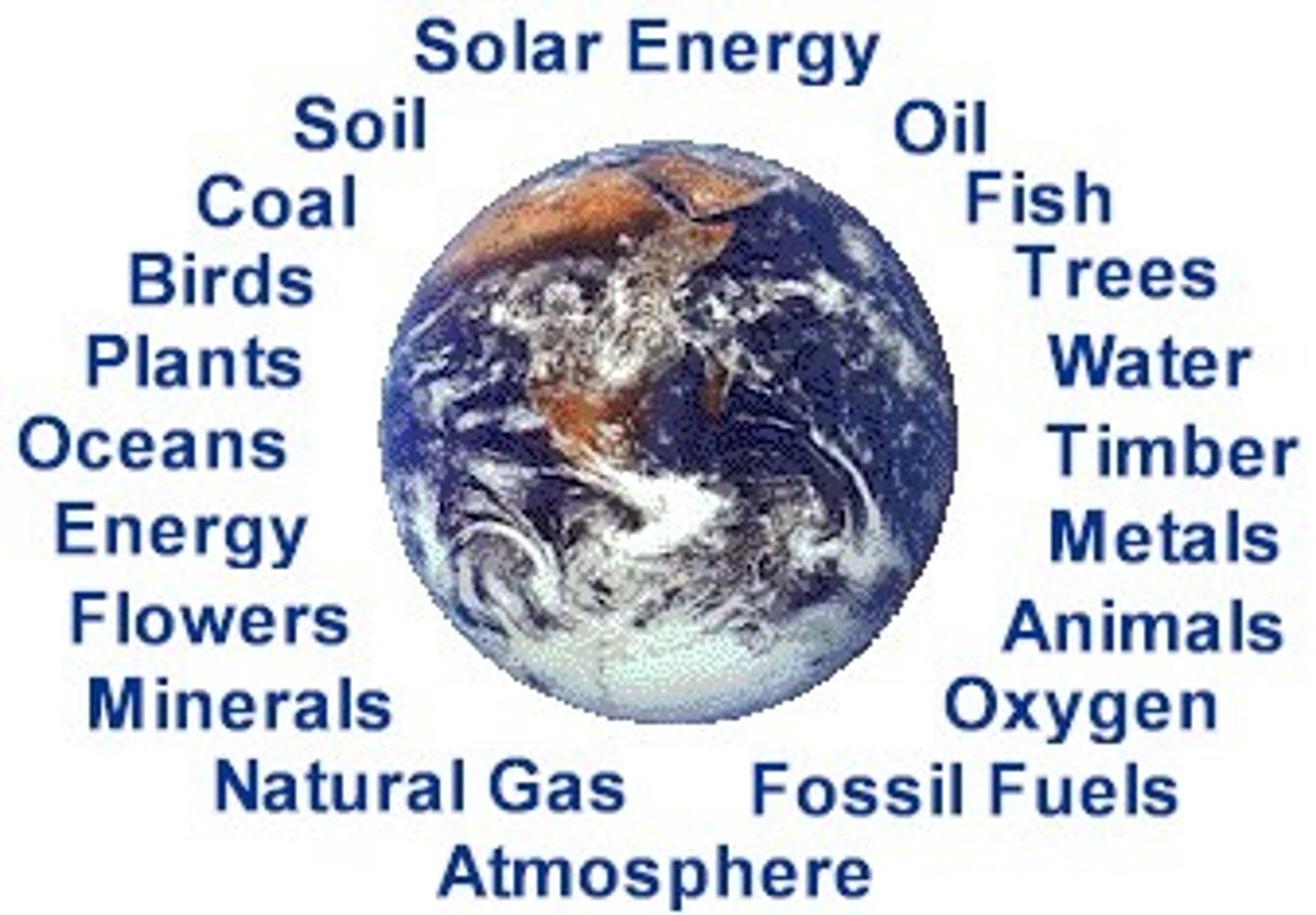
Arable land
Land used for growing crops
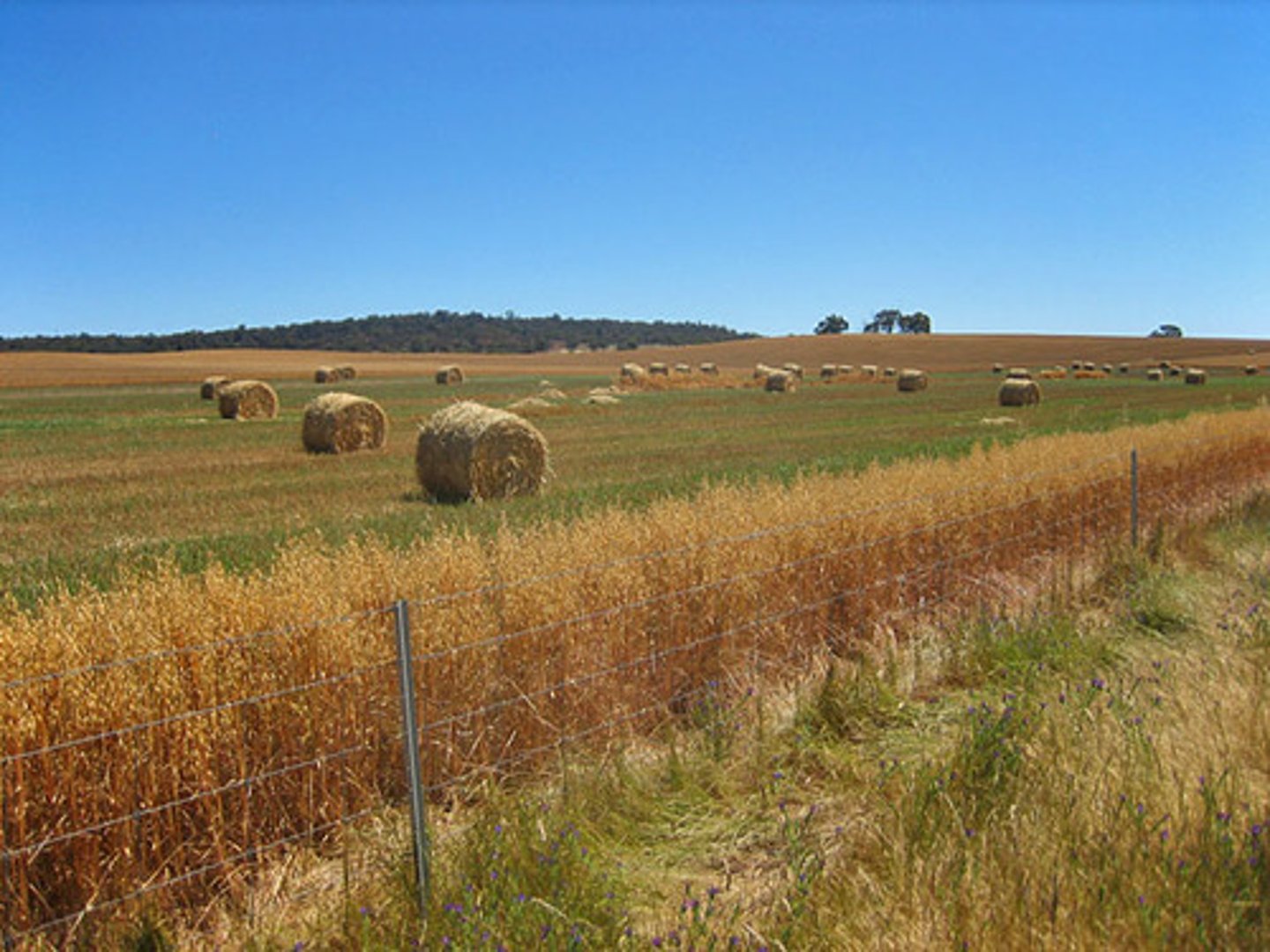
Pasture land
Land used for animal grazing
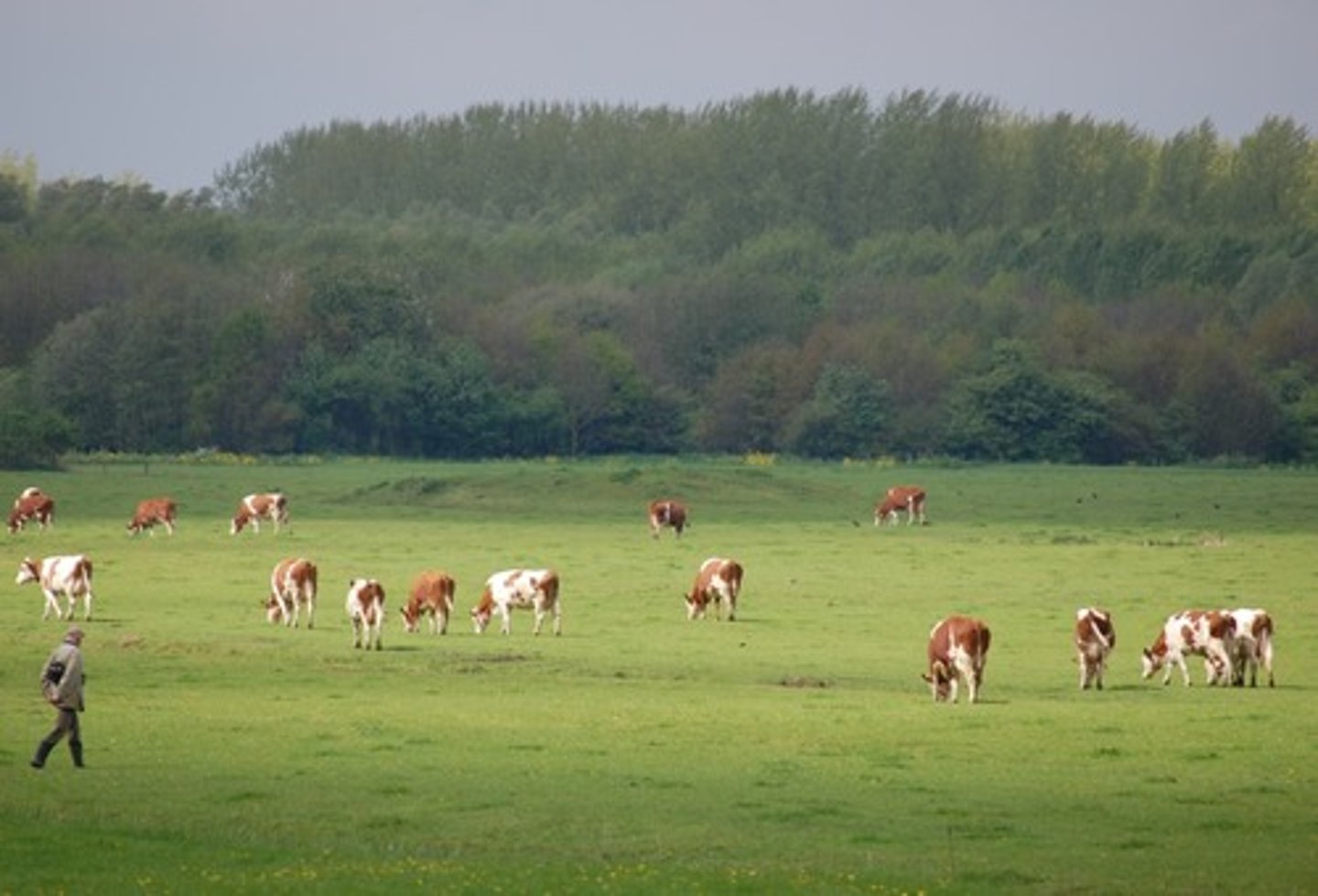
Energy security
Access to clean, reliable and affordable energy sources for cooking, heating, lighting, communication and productive uses.
Peak oil production
The year in which the world or an individual oil-producing country reaches its highest level of production, with production decreasing thereafter.
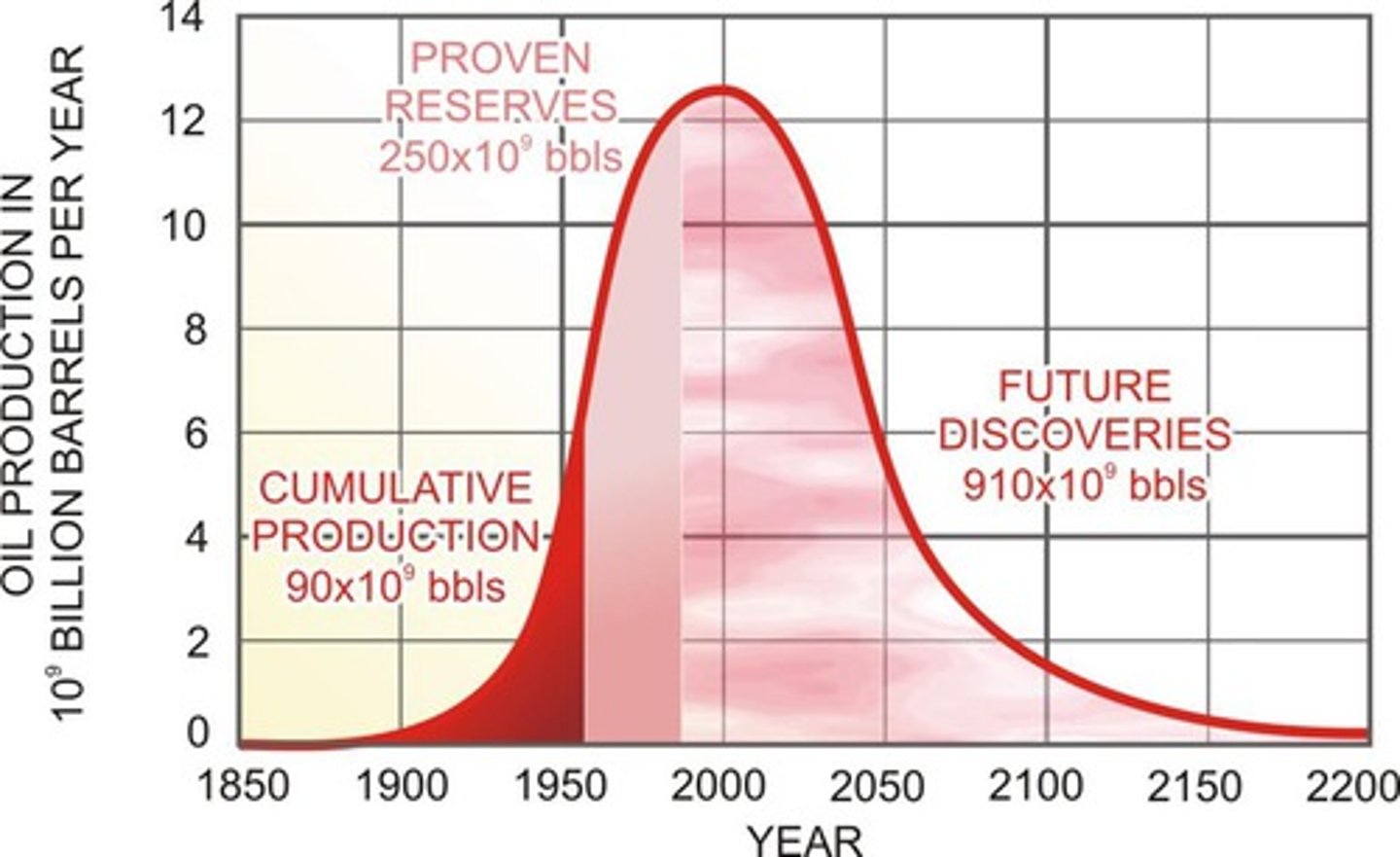
Landfill
The disposal of waste in large pits
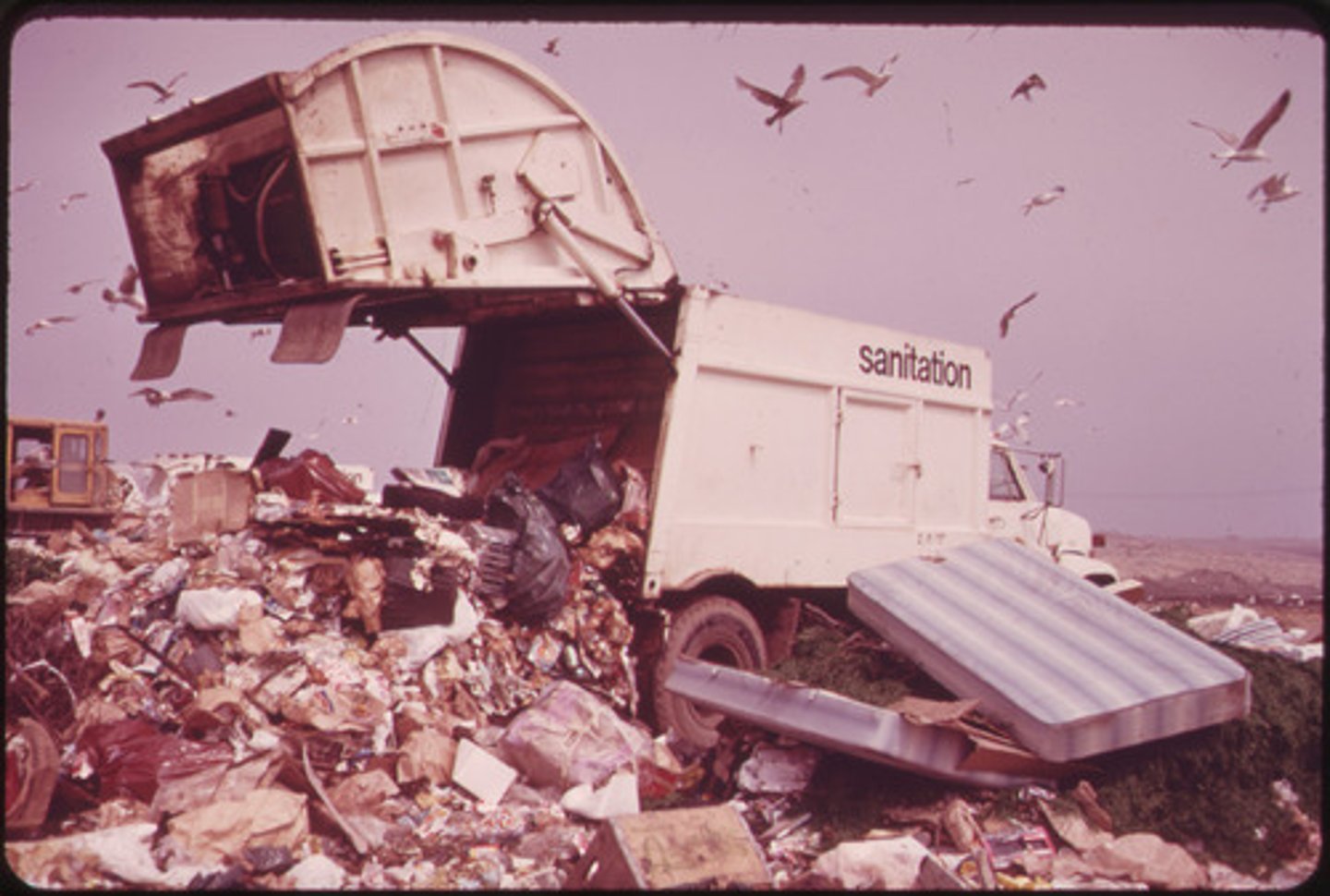
Optimum population
The number of people who, when working with all the available resources, will produce the highest per capita economic returns.
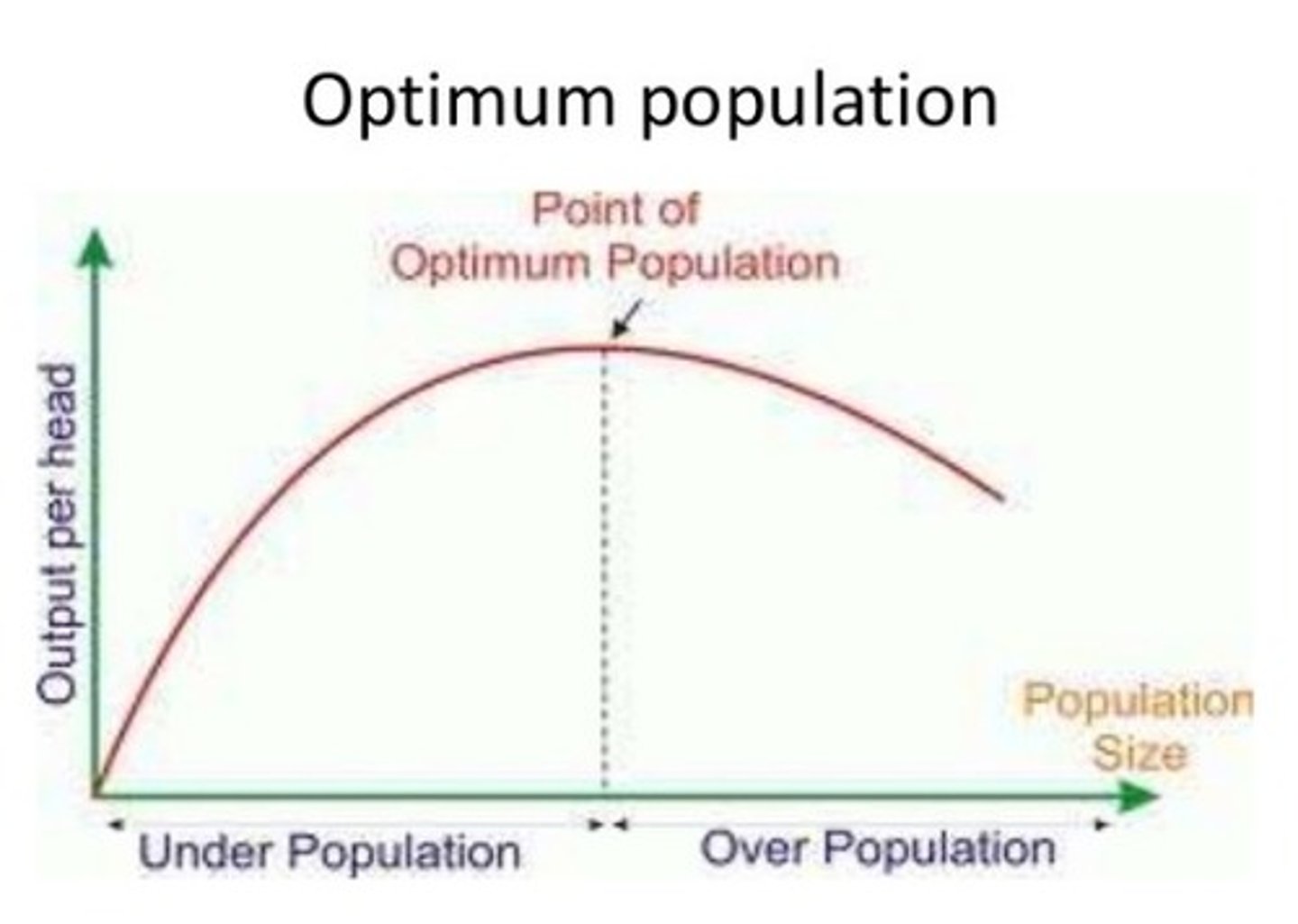
Renewable resource
A natural resource that can be replaced at the same rate at which the resource is consumed.
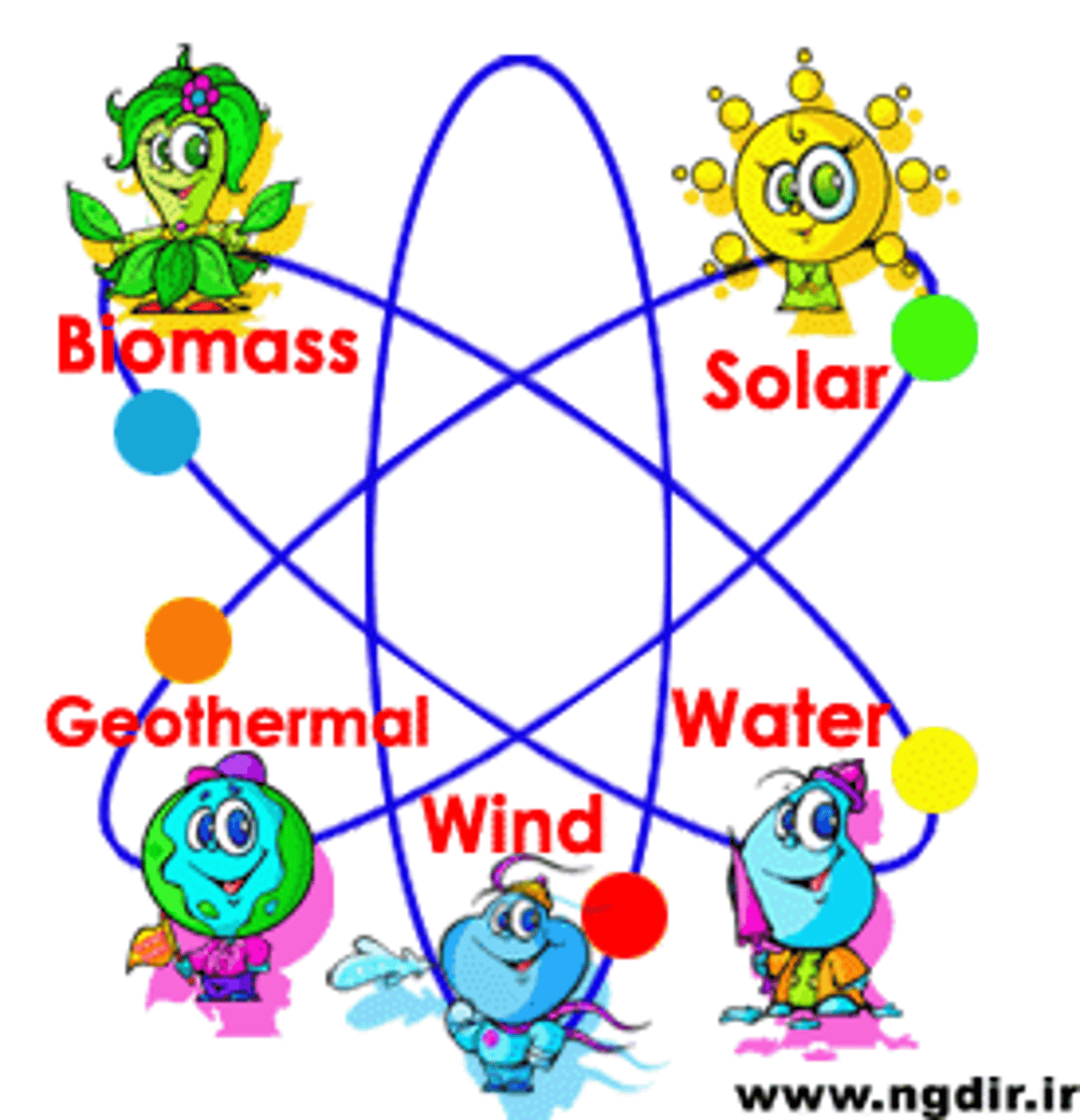
Non-renewable resource
A resource or raw material that cannot be grown or replaced once used.

Fossil fuels
Coal, oil, natural gas, and other fuels that are remains of plants and animals.
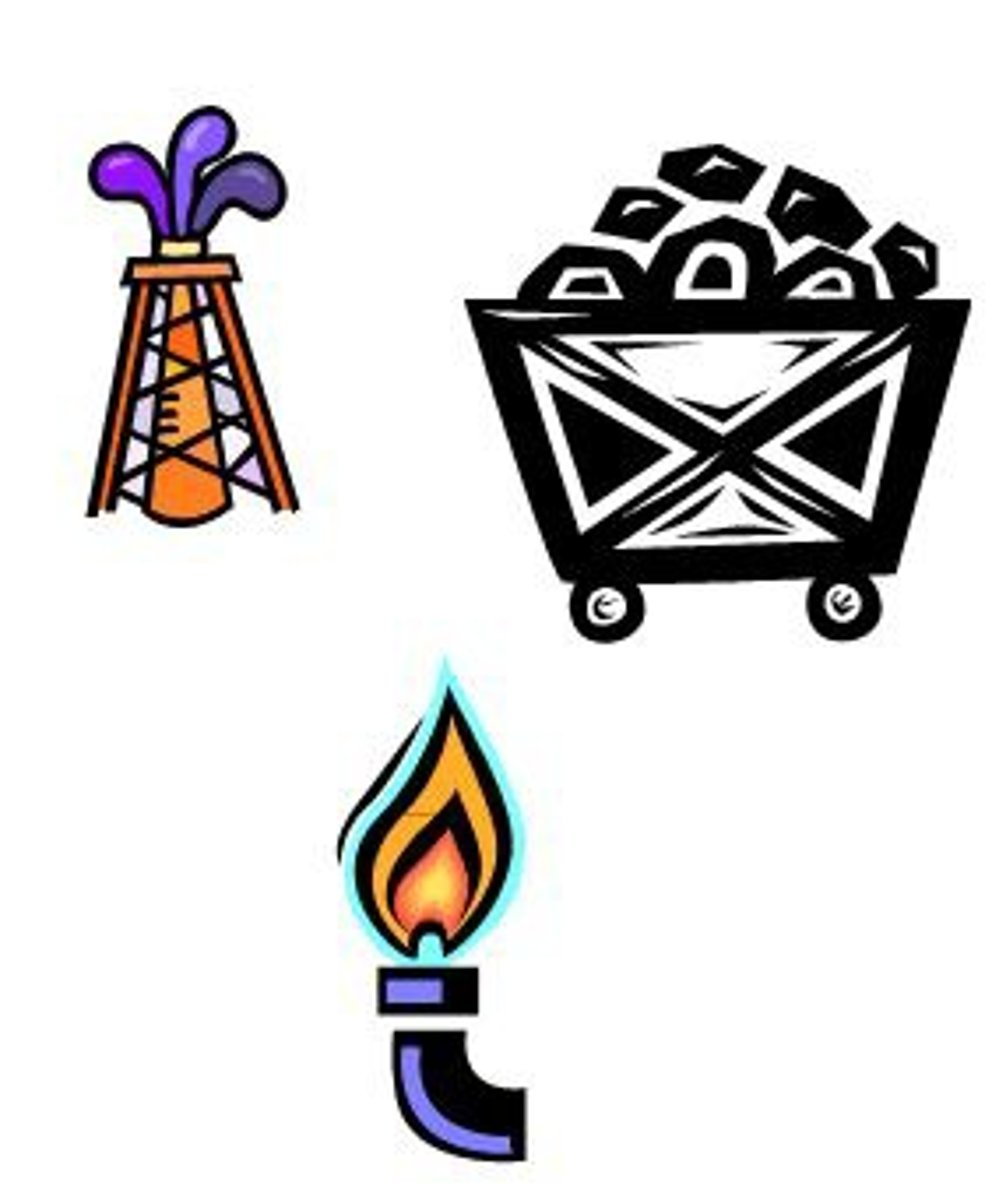
Stocks
Nonrenewable resource that's limited in quantity and can't be used more than once.
Peak oil
The point at which global oil extraction is maximized.
Biocapacity
An area of land or ecosystems ability to produce biological materials used by people and to absorb waste material generated by humans, under current management schemes and extraction technologies.
Global hectare (gha)
One global hectare is equivalent to one hectare of biologically productive space with world average productivity.
Ecological footprint
The hypothetical area of land required by a society, a group or an individual to fulfil all their resource needs and assimilate all their waste. It is measured in Global Hectares (gha).
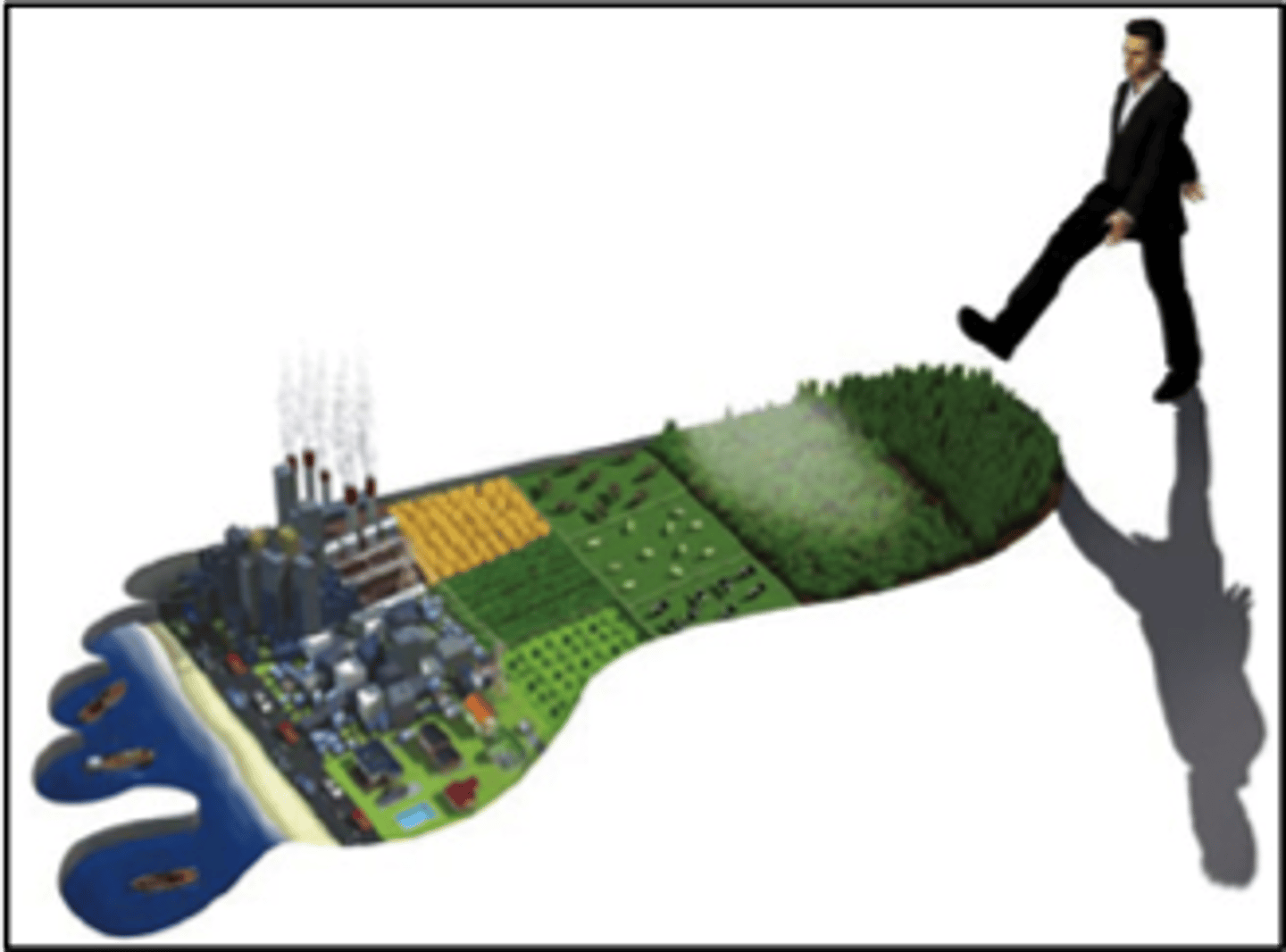
Ecological creditor (reserves)
Country's whose ecological footprint is lower than their biocapacity.
Ecological debtor (deficit)
Countries whose ecological footprints exceed biocapacity.
Carbon footprint
Measure of the impact human activities have on the environment in terms of the amount of greenhouse gases produced, measured in units of carbon dioxide.
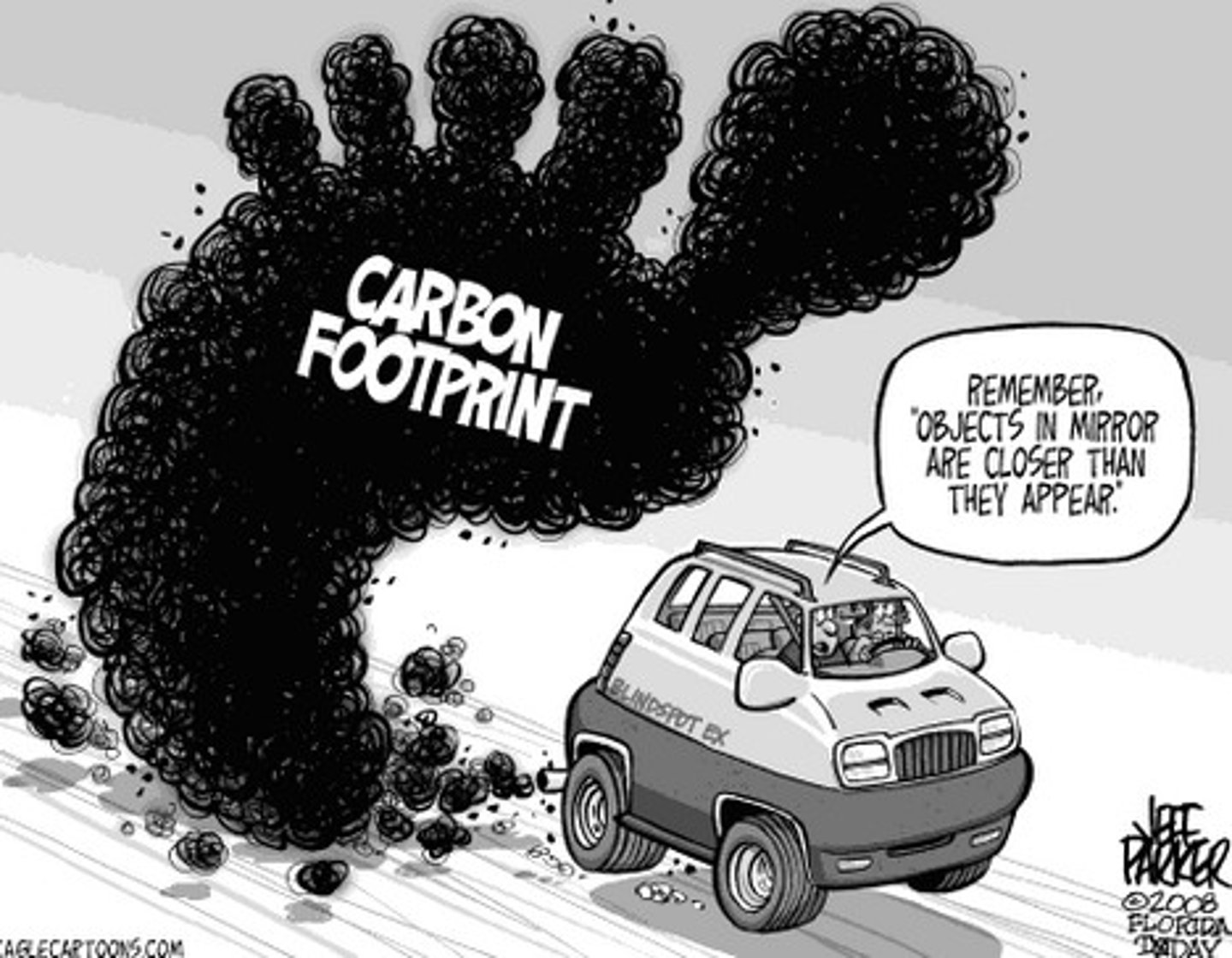
Conservation
Ability to recognize that objects can be transformed in some way, visually or physically, yet still be the same in number, weight, substance, or volume.
Preservation
Maintenance of a resource in its present condition, with as little human impact as possible
Economy of scale
Large production of goods that reduces the production cost of each item.
Food Security
The availability and access to sufficient, safe and nutritious food to meet the dietary needs and food preferences for an active and healthy life. (FAO)
Water Security
Continuing access to safe drinking water and sanitation.
Physical water scarcity
Lack of available water where water resource development is approaching or has exceeded unsustainable levels; it relates availability to demand and implies that arid areas are not necessarily water scarce.
Economic water scarcity
A lack of investment in water infrastructure or insufficient human capacity to satisfy the demand of water in areas where the population cannot afford to use an adequate source of water.
Nexus
The interrelationship, interdependence and interactions between water, food and energy.
Virtual (or embedded water)
The hidden flow of water if food or other commodities are traded from one place to another.
New Global Middle Class
The growing middle-class population in the world, which is made up of those who have attained a certain level of economic stability and comfort and aspire to follow the consumption style of the western middle classes.
World Overshoot Day
The day when humanity has used up all the resources that it takes the planet to regenerate.
Unconventional Oil and Gas
Oil and gas that is accessible with new technologies e.g. shale gas, fracking, tar sands (usually higher cost of production and riskier).
Relative poverty
A measurement of poverty based on a percentage of the median income in a given location.
Absolute poverty
A minimum level of subsistence that no family should be expected to live below. The current poverty line is $1.90.
Sustainable development goals
An urgent call for action by all countries - developed and developing - in a global partnership, recognising that ending poverty and other deprivations must go hand-in-hand with strategies that improve health and education, reduce inequality, and spur economic growth - all while tackling climate change and working to preserve our oceans and forests.
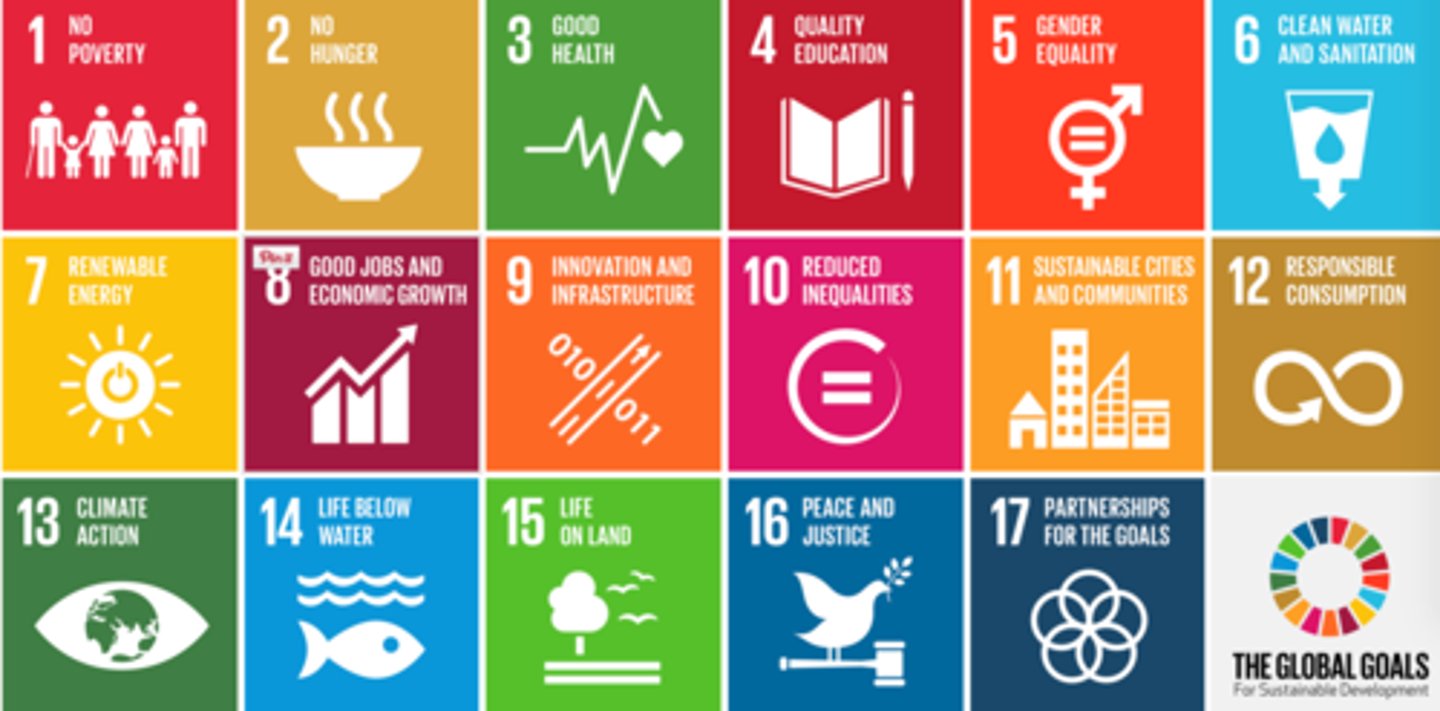
Hydrocarbons
Nuclear power
Malthusianism
The idea that population growth is potentially exponential while the growth of the food supply is linear. Two types of "checks" that in all times and places kept population growth in line with the growth of the food supply: "preventive checks", such as moral restraints (abstinence, delayed marriage until finances become balanced), and restricting marriage against persons suffering poverty or perceived as defective, and "positive checks", which lead to premature death such as disease, starvation and war, resulting in what is called a Malthusian catastrophe.
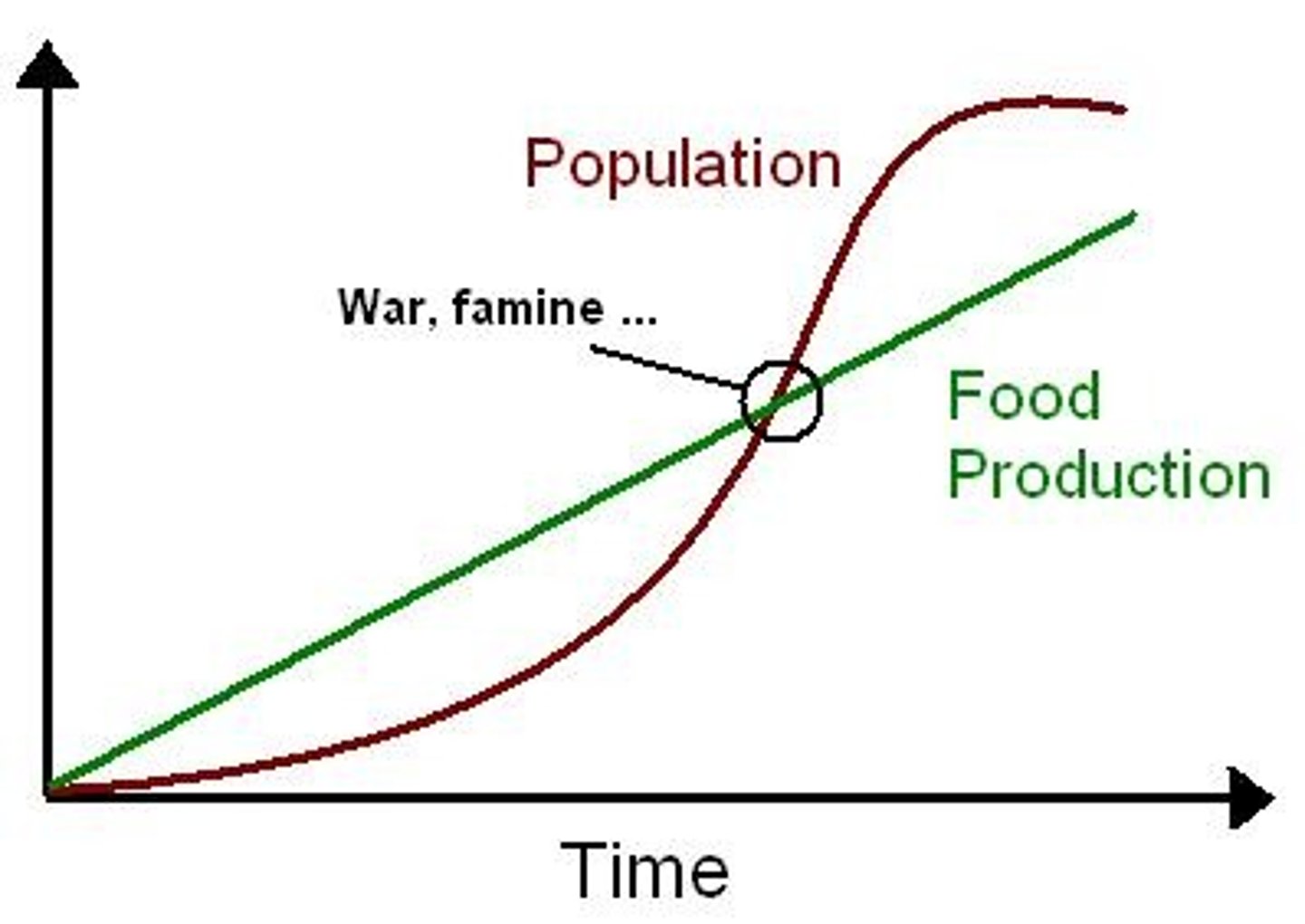
Neo-Malthisian View
The advocacy of population control programs to ensure resources for current and future populations. Paul Ehrlich is a good example.
Anti-Malthusian
They believe we are not going to overpopulate and run out of resources and counteract neo-malthusians. People have the resources of knowledge and technology to increase food production and find solutions to resource scarcity. Esther Boserup is a good example.
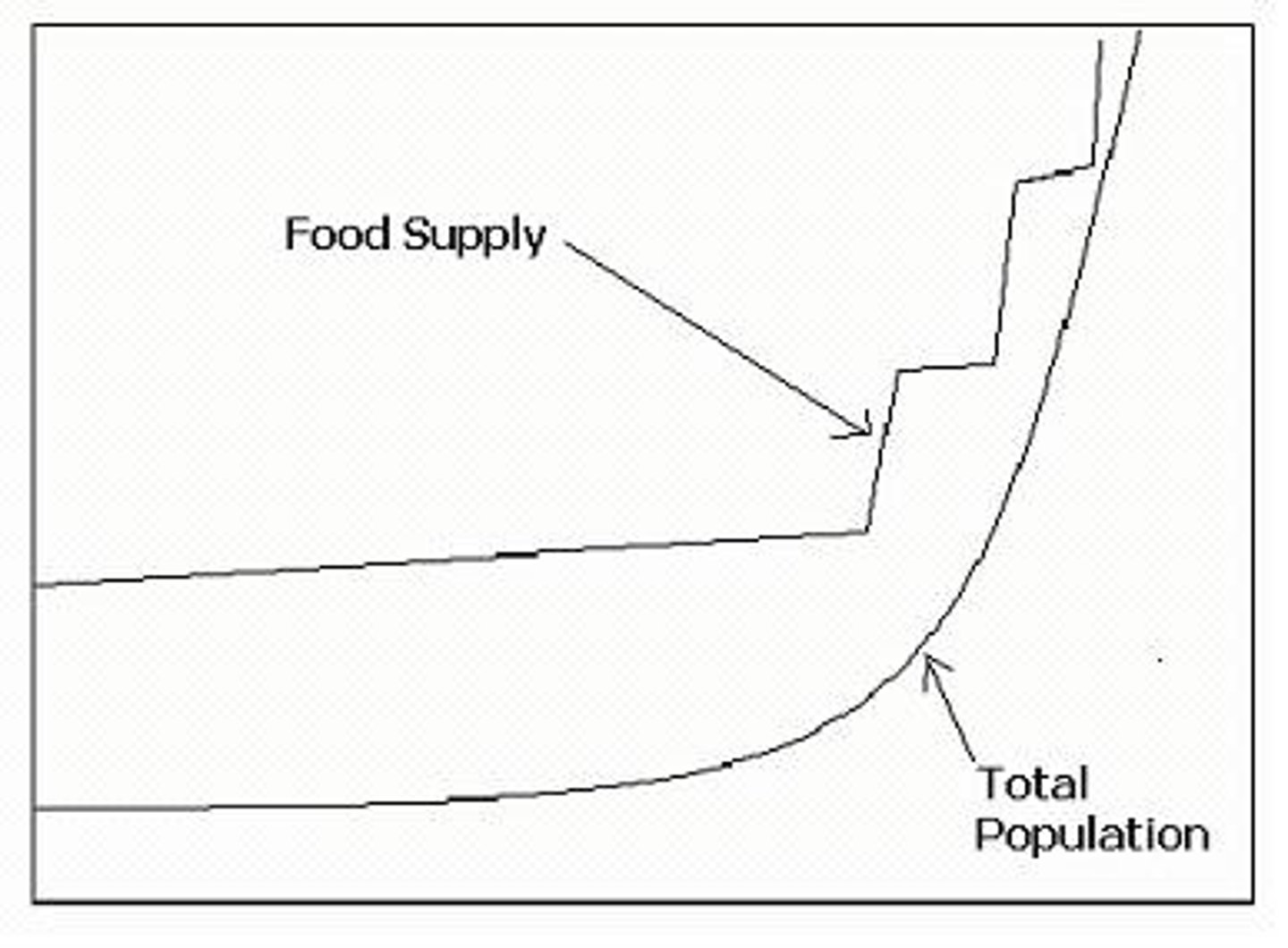
Waste hierarchy
A tool used in the evaluation of processes that protect the environment alongside resource and energy consumption to most favourable to least favourable actions.
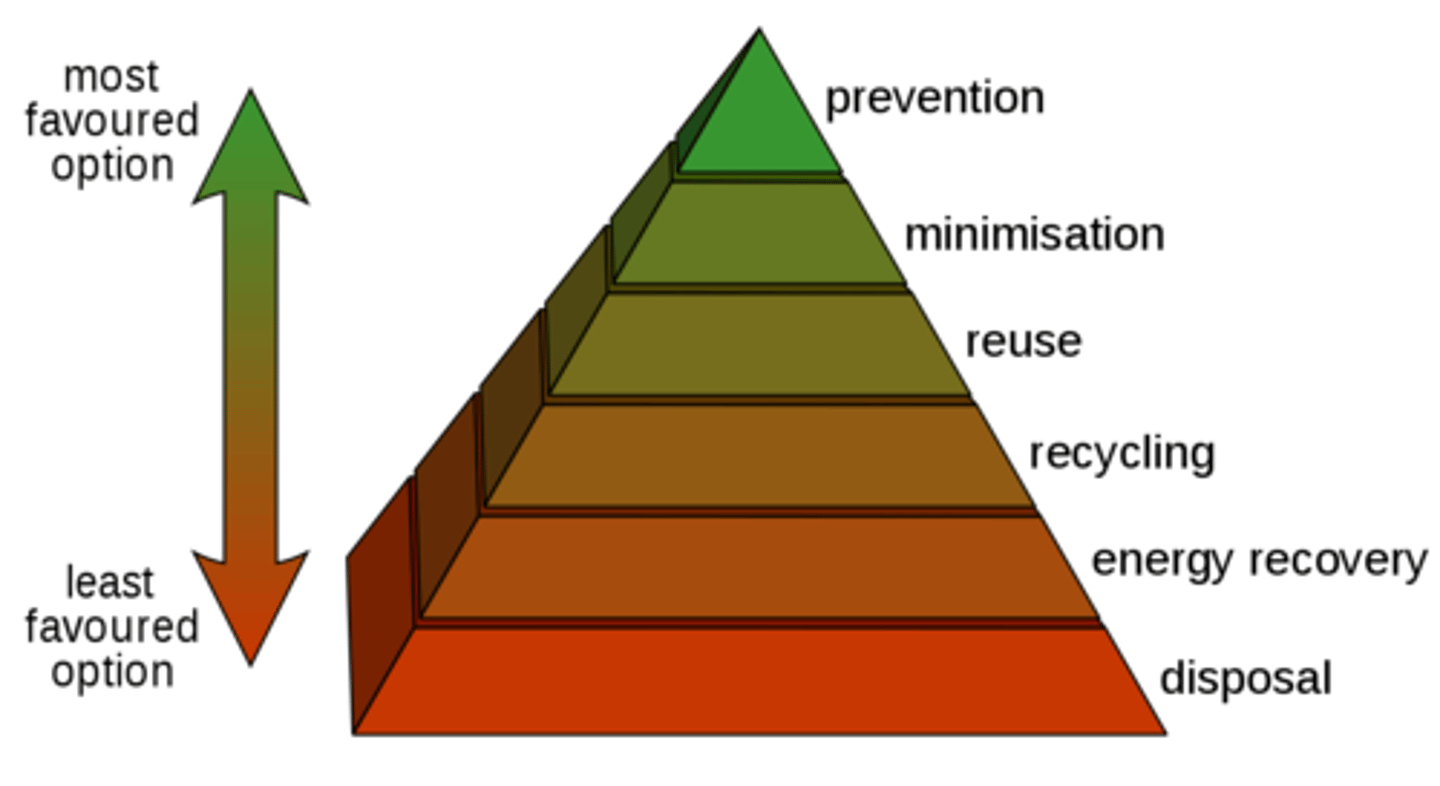
Resource stewardship
The careful and responsible management of resources under one's control.
Circular economy
A model in which resources remain in use for as long as possible, from which maximum value is extracted while in use, and the products and materials are recovered and regenerated at the end of the product life cycle.